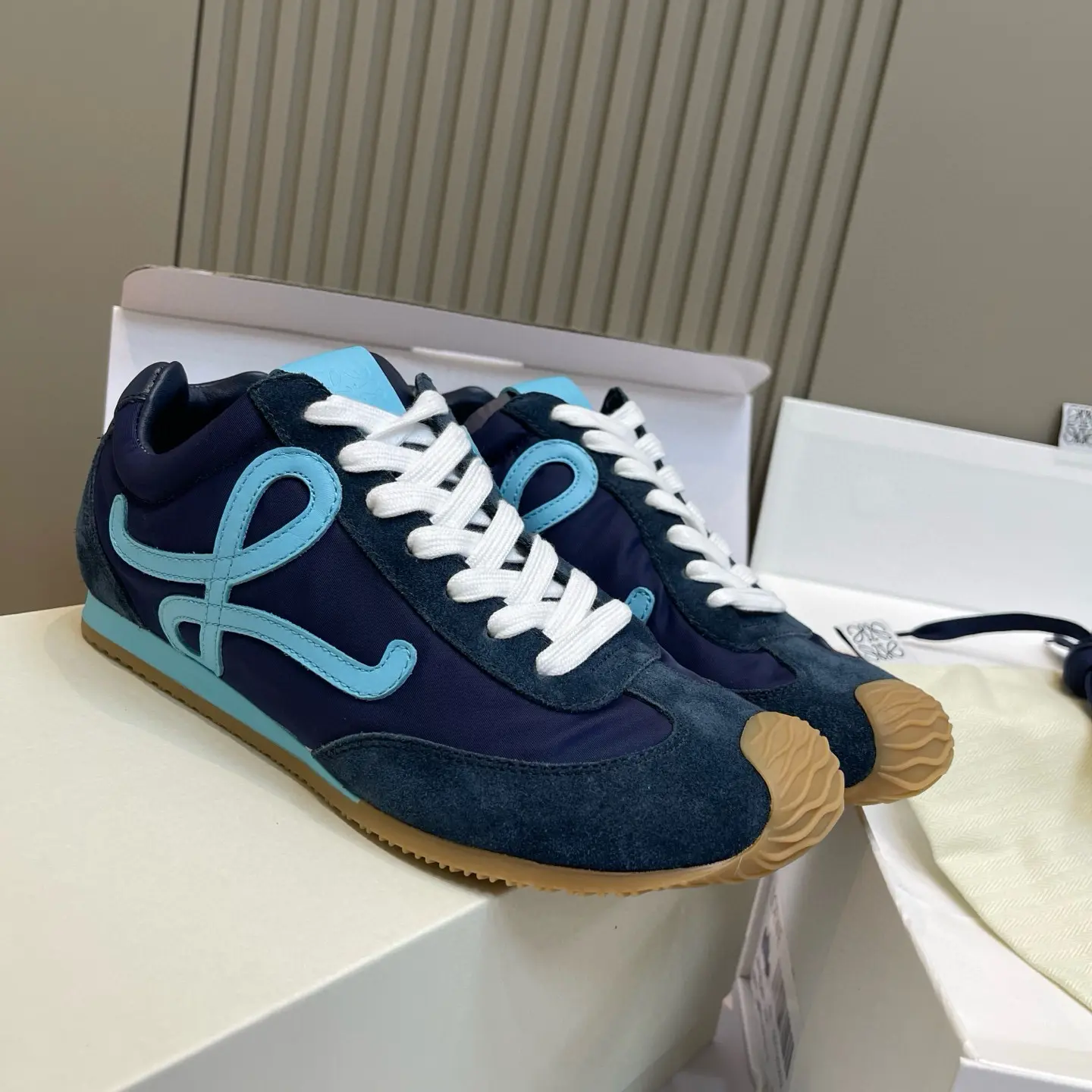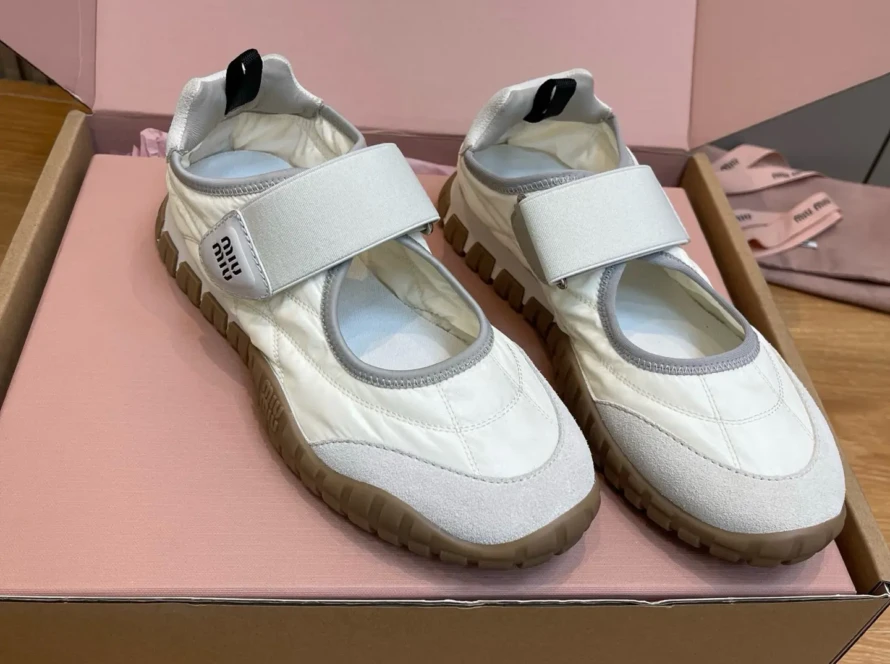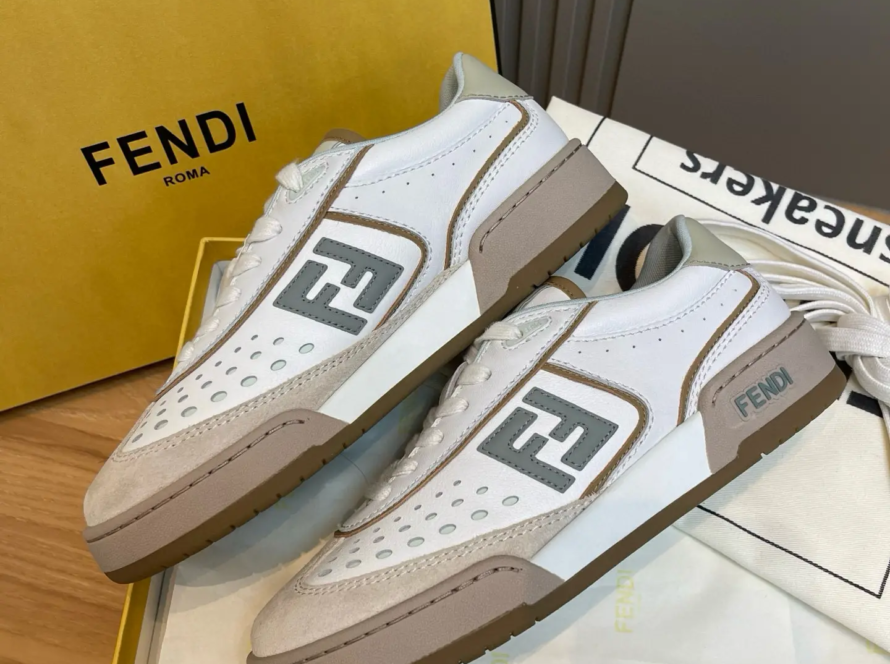
The timeless charm and unexpected science of leather-soled shoes: a quiet revolution in down-to-earth style
In the rarefied world of luxury footwear, the virtues of leather-soled shoes are often touted for their breathability, soft comfort and obvious benefits. click Sophistication on the marble floor. However, beneath the surface of these sartorial masterpieces lies a less discussed phenomenon that has a profound impact on well-being: groundor some might call it "Ground." For discerning collectors who value both craftsmanship and overall living, understanding this connection can elevate leather soles from a mere aesthetic choice to a purposeful investment in vitality.
Artisan touch meets electronics: the physics of grounding
Grounding is essentially the practice of reconnecting the body to the earth’s natural electrical charge. Modern science shows that direct contact with the ground—walking barefoot on grass, sand, or soil—allows electrons to flow freely into our bodies, neutralizing harmful free radicals and reducing inflammation. This subtle yet potent exchange has been linked to improved sleep, reduced stress, and enhanced immune function.
Unlike synthetic or rubber shoes, leather-soled shoes have unique qualities: natural conductivity. Genuine leather is porous, slightly conductive, and contains no insulating synthetic materials. When worn on natural surfaces such as earth, grass or even conductive stones such as limestone or unfixed granite, it subtly transfers electrons from the ground to the wearer. Rubber soles, while suitable for wet weather, act as insulators, cutting off vital connections to the earth’s energy.
Customized Wellness: The Luxurious Connection
For custom customers and collectors, leather-soled shoes represent more than just status; they embody an intuitive harmony between human art and natural wisdom. Consider the craftsmanship: A single piece of full-grain leather, vegetable-tanned and hand-cut, is carefully molded to the wearer’s foot over weeks. This process preserves the organic integrity of the material, ensuring minimal interference from plastic or synthetic materials that may hinder conductivity.
The luxury here is twofold:
- exclusivity: Each pair is a testament to patience and skill, tailor-made for the individual.
- overall utility: A wearable earth-stabilizing energy conduit that seamlessly integrates into daily life.
Imagine strolling through a sun-dappled garden in custom-made oxfords and not only admiring the scenery; interaction With it – the soles of your feet gently exchange energy with the soil below. This is fundamental as an art form.
Modern Dilemma: Urban Life and Nature Connection
For urbanites, staying grounded is a challenge. Concrete sidewalks, asphalt roads, and high-rise apartments shield us from the earth’s electric charge. That’s the quiet genius of leather soles: they provide a bridge. While not as effective as barefoot contact, they can provide a measurable connection when walking on unpaved roads, wooden decks, or natural stone surfaces. Even brief encounters – a morning walk in the garden or an evening on the limestone patio – can have benefits.
Practical tips for the discerning wearer:
- Prioritize natural terrain: Choose the park, garden or beach when wearing leather-soled shoes.
- Rotate your collection: Save rubber-soled shoes for wet or harsh conditions; use leather soles for leisurely walks.
- Pay attention to tanning: Vegetable-tanned leather soles (common in the fine shoe industry) retain more of their natural properties than chrome-tanned soles.
Myth and Science: Addressing Skepticism
Some may consider grounding to be pseudoscience, but peer-reviewed studies confirm its physiological effects. Research in similar journals Journal of Inflammation Research and environmental public health Grounding has been documented to reduce cortisol levels, improve blood viscosity, and stabilize circadian rhythms. Leather soles, while not a panacea, can amplify these effects that synthetic materials cannot.
Critics argue that the modern environment limits the feasibility of grounding—a legitimate concern. However, for wealthy buyers with access to private gardens, country estates, or even conductive flooring solutions such as cork or untreated wood, leather soles become a viable tool for integrating wellness into a carefully curated lifestyle.
Conclusion: a marriage of craftsmanship and consciousness
To own a pair of fine leather-soled shoes is to carry on a tradition older than tailoring itself—a tradition that honors human ingenuity and our primal bond with the earth. While fashion may prioritize aesthetics, luxury consumers increasingly seek depth: clothing and accessories that serve multiple value dimensions.
The leather sole achieves this duality with its elegant simplicity. They are a symbol of taste and Tools of subtle vitality. For collectors who view luxury goods as an extension of a mindful life, grounding is not just a scientific curiosity but a silent companion every step of the way.
FAQ: Leather Soled Shoes and Grounding
Question 1: How long do I have to walk wearing leather soles to experience the grounding effect?
A: While individual responses vary, research shows that even 30 minutes a day can significantly improve stress and inflammation. Consistency is more important than duration—aim for regular, mindful walking on natural surfaces.
Question 2: Do all leather soles have the same ground potential?
Answer: No need. Vegetable-tanned full-grain leather soles with minimal modifications are the best choice. Avoid soles coated with synthetic sealants or paints, which can reduce conductivity.
Q3: Can leather-soled shoes ground me indoors?
A: Only if the floor is conductive (such as untreated hardwood, stone, or earthen material). Modern carpet, vinyl or sealed tiles will protect you from the earth’s electrical charges.
Q4: Are leather soles impractical in wet environments?
A: Yes, they are at risk of deformation and wear when exposed to excessive moisture. Use them selectively on dry days or with shoe covers in inclement weather.
Q5: How does grounding through shoes compare to barefoot contact?
A: Barefoot contact is most efficient, but leather soles provide partial connection (estimated efficiency is 20-50%, depending on sole thickness and surface conditions).
Q6: Can I? "top up" How well do old leather soles ground?
A: Grounding relies on conductivity, and if the soles are excessively dry or cracked, the conductivity will be reduced. Conditioning with natural oils, such as cow’s foot oil, can restore softness and slight conductivity.
—
In a world of fast fashion and synthetic materials, leather soles represent a silent rebellion—a return to authenticity, sustainability, and the forgotten wisdom that luxury goods don’t need to separate us from the natural world. For the true connoisseur, they are heirlooms in motion: an ode to craftsmanship, a tribute to science, and an invitation to walk with intention.



